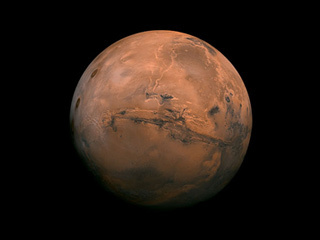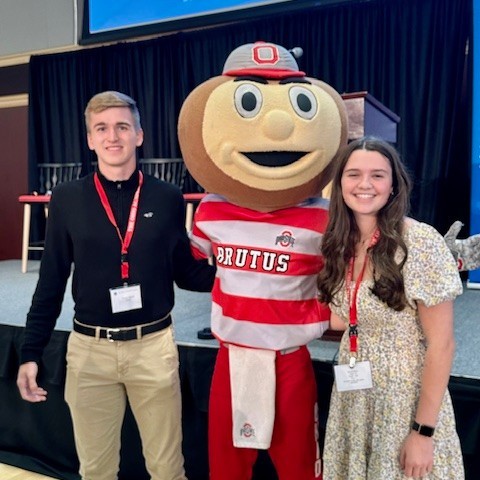The Curiosity rover’s two-sol plan on Mars involves targeted remote sensing and contact science at a location known as “Koes.” This site was chosen because it provides an ideal spot to conduct contact science on the Murray formation in the region. Unfortunately, due to a lack of power and time, contact science was not included in the weekend plan. As a result, this presents an excellent opportunity for the rover to conduct contact science now.
The plan begins with ChemCam and Mastcam observations of both “Koes” and “Onawa” to gather data and characterize the Murray formation. Afterward, the rover will use its Dust Removal Tool (DRT) to clean off a fresh surface at the “Koes” site followed by MAHLI imaging. Additionally, MAHLI will be used to take images of the rover wheels as part of its ongoing monitoring efforts. APXS will be placed on “Koes” for an overnight integration to gather additional data.
On Sol 1381, Curiosity will carry out a SAM preconditioning activity that involves heating up a sample cup in preparation for solid sample analysis. The next day, Curiosity will wake up early to acquire a Mastcam mosaic of “Baynes Mountain” to document the contact point between the Murray and Stimson formations. Finally, Curiosity will conduct another ChemCam observation of the Murray formation at “Khoabendus” using Mastcam to characterize veins at the target known as “Helgas.” Additionally, Navcam will be used to monitor the atmosphere and search for dust devils in the area.



